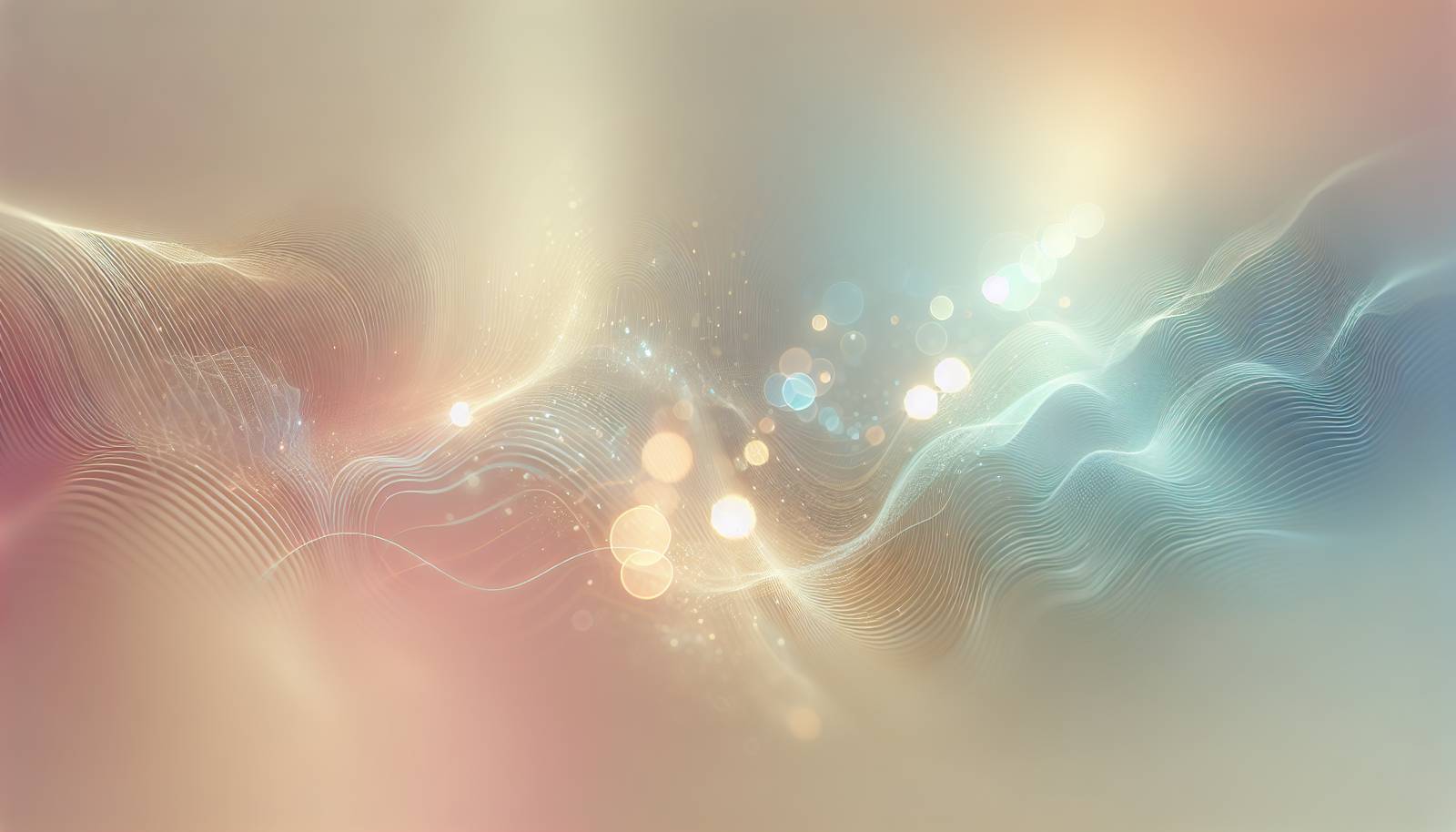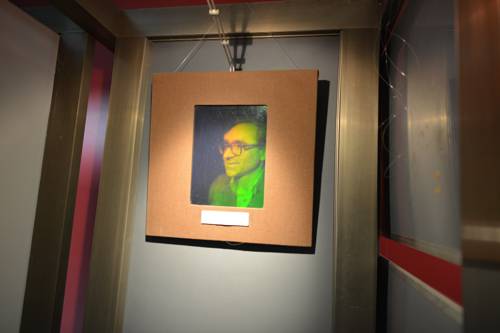
FAQ About The Role of Holography in Modern Art Exhibitions

What is holography and how is it used in modern art exhibitions?
Holography is a technique that records and displays 3D images, using light to create a lifelike depiction of an object. In modern art exhibitions, holography enhances visual experiences by allowing artists to create dynamic visuals that change as the viewer moves around them, offering an immersive experience that traditional 2D art cannot.

How does holography enhance audience interaction in art exhibitions?
Holography enhances audience interaction by providing a multi-dimensional experience, encouraging viewers to engage with art from different perspectives. As audiences move around a holographic display, they can see different aspects or narrative elements of the artwork, making each viewing unique and personal.

Can holography be combined with other art forms in exhibitions?
Yes, holography can be effectively combined with various art forms, such as paintings, sculptures, and digital media, to create hybrid artworks. This integration allows artists to experiment with light, space, and form in innovative ways, bringing a new dimension to traditional art forms and enriching the viewer's experience.

What are the main technological requirements for displaying holograms in art exhibitions?
Displaying holograms in art exhibitions requires specific equipment such as laser projectors, holographic screens, and sometimes augmented reality (AR) or virtual reality (VR) setups, depending on the complexity of the hologram. Additionally, precise lighting and environmental controls are crucial to ensure the clarity and visibility of the holographic images.

Are there any notable art exhibitions that have prominently featured holography?
Yes, several notable art exhibitions have used holography prominently. For example, the "Holography: A Visual Decade" exhibition explored the evolution of holographic art. Artists like Eduardo Kac and Michael Bleyenberg have frequently utilized holography in their works to push the boundaries of visual arts.

How does holography influence the perception of space and reality in art?
Holography alters the perception of space and reality by projecting images that appear three-dimensional despite being two-dimensional projections. This capability challenges traditional perceptions of reality and spatial relationships in art, allowing artists to manipulate how audiences perceive depth and form.

What challenges do artists face when integrating holography into their works?
Artists face several challenges when integrating holography, including technical limitations, high costs, and the need for interdisciplinary collaboration between artists, engineers, and scientists. Additionally, creating a cohesive narrative that incorporates holography without overshadowing other elements of the artwork can be challenging.

What impact does holography have on the cost of an art exhibition?
Holography can significantly increase the cost of an art exhibition due to the expensive technology and equipment required, such as specialized projectors and screens. Furthermore, the installation and maintenance of holographic displays demand skilled technicians, adding to the overall cost.

How do audiences typically respond to the use of holography in art installations?
Audiences generally respond positively to the use of holography in art installations, often expressing fascination and intrigue. The immersive quality and novelty of holographic art can captivate viewers, making exhibitions more memorable and engaging than traditional displays.

Is holography considered a form of digital art?
Holography is often considered a form of digital art as it involves the use of digital technology to create and display images. However, as it bridges physical and digital dimensions, holography can also be seen as expanding the boundaries of both digital and physical art forms.

What role does visitor interaction play in holographic art exhibitions?
Visitor interaction is crucial in holographic art exhibitions as it reinforces the immersive experience. Unlike static art forms, holography responds to the viewer's position and movement, creating a dynamic interaction between the observer and the art.

How have artists traditionally used holography from the past compared to now in exhibitions?
Traditionally, artists used holography primarily as a novelty or experimental medium, exploring its potential to capture and display lifelike images. Today, it is embraced more broadly as a tool for storytelling and creating immersive experiences, often integrated with other contemporary digital technologies.

Do holographic art installations require a specific setting or environment?
Yes, holographic art installations typically require specific settings to maximize their effectiveness. Optimal lighting and environmental controls are necessary to maintain the clarity and feasibility of holographic images, and certain types of setups may also require controlled access to manage viewer flow.

How does holography change the curation process of art exhibitions?
Holography changes the curation process by adding layers of complexity. Curators must consider technical requirements, spatial dynamics, and the potential for interactive narratives. They need to ensure that both the technology and the art complement each other to create a compelling exhibition.

What educational opportunities can holography provide in art exhibitions?
Holography in art exhibitions offers educational opportunities by serving as a bridge between art, technology, and science. It can help explain complex concepts visually and engage audiences in new, interactive ways, potentially inspiring interest in STEAM (science, technology, engineering, arts, and mathematics) fields.

Are there any limitations to using holography in art exhibitions?
The primary limitations of using holography in art exhibitions include high costs and technical challenges. Not every venue can accommodate the necessary equipment, and some audiences might not fully appreciate or understand the technology, limiting its effectiveness in certain contexts.

Can holography convey emotions in the same way traditional art does?
Holography can convey emotions by using light, color, and form to create expressive and impactful imagery. However, as an emerging medium, it might require different approaches than traditional art forms to evoke the desired emotional responses, relying heavily on interactive and experiential elements.

What future trends might we see in the use of holography in art exhibitions?
Future trends in the use of holography in art exhibitions may include increased integration with augmented reality (AR) and virtual reality (VR), creating more immersive experiences. As technology becomes more accessible and cost-effective, we might also see broader adoption and experimentation with multi-sensory experiences that incorporate holography.

How does holography compare with virtual reality (VR) in terms of user experience in art exhibitions?
Holography and virtual reality (VR) offer distinct user experiences. Holography provides a 3D visual experience without the need for specialized headsets, making it more accessible for general audiences. VR, on the other hand, offers a fully immersive environment but requires personal equipment, which can be a barrier for some audiences.

What kind of training or skills are needed to create holographic art installations?
Creating holographic art installations requires a combination of artistic vision and technical skills. Artists must understand holographic technology, computer graphics, and possibly programming. Collaborative skills are often necessary to work with technologists and engineers to translate artistic concepts into successful holographic displays.
